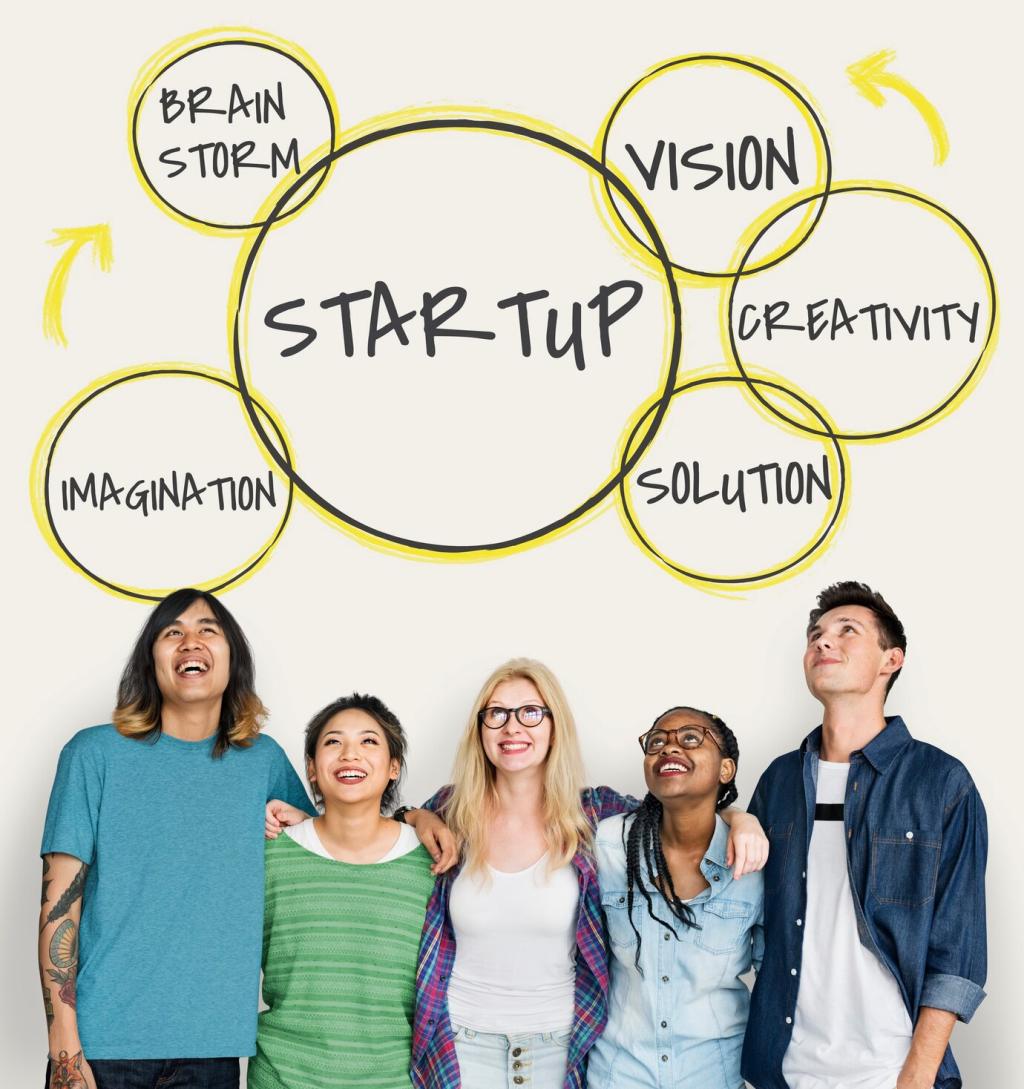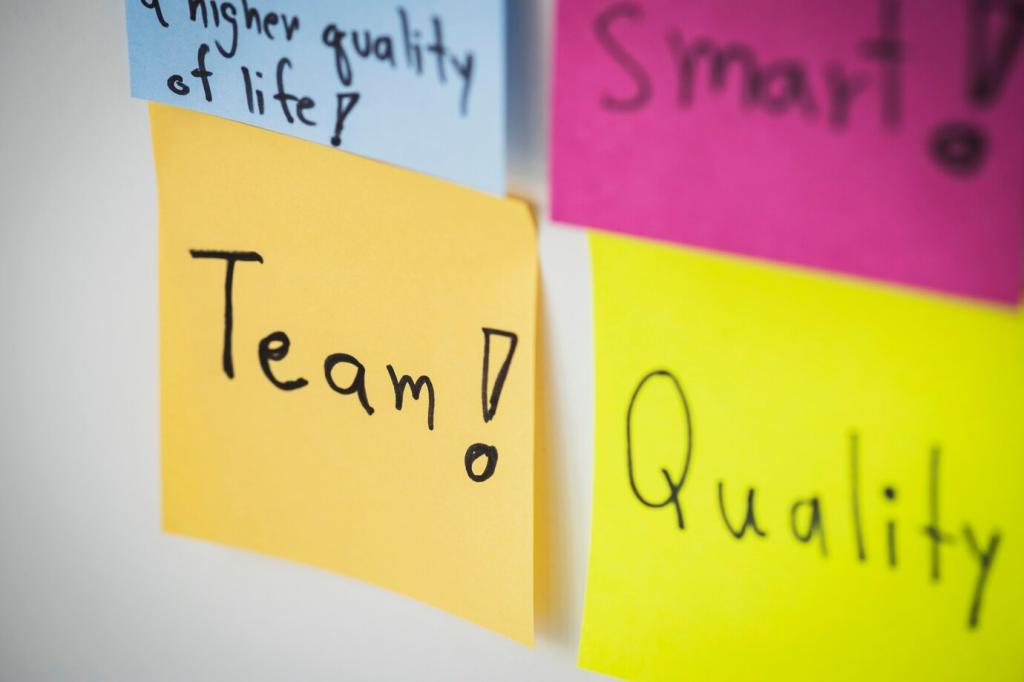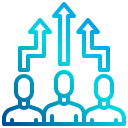
Effective Communication Tools for Remote Teams
Effective communication is the backbone of successful remote teams. As businesses transition to distributed work environments, the need for robust communication tools becomes increasingly critical. The right platforms not only bridge geographic gaps but also foster collaboration, increase productivity, and maintain team morale. This guide explores the essential communication tools that empower remote teams to stay connected and work efficiently, no matter where their members are located.
Synchronous Messaging Platforms
Real-Time Chat Applications
Real-time chat applications enable team members to communicate instantly, helping to replicate the spontaneous conversations often found in physical office spaces. By providing channels for topic-specific discussions or one-on-one messaging, these platforms keep everyone in the loop and help to reduce misunderstandings. Furthermore, many chat applications offer features like searchable message histories and file sharing, which make retrieving important information simple and efficient. This immediacy helps remote teams tackle urgent issues swiftly, ultimately enhancing productivity and team cohesion.
Video Conferencing Solutions
Video conferencing solutions have become the cornerstone of face-to-face interactions in a remote working environment. They allow team members not only to hear each other but also to interpret non-verbal cues, leading to richer and more nuanced conversations. These tools foster stronger relationships and understanding, especially during brainstorming sessions, project kick-offs, and team-building activities. The ability to screen share, record meetings, and use virtual backgrounds adds versatility, making video conferencing essential for driving engagement and maintaining alignment in remote teams.
Persistent Notification Systems
Persistent notification systems ensure that critical communications are never missed, even when team members are spread across multiple time zones. These alerts, integrated within communication platforms, remind team members of important updates, deadlines, or urgent issues needing attention. Customizable settings allow users to prioritize notifications based on relevance, thereby reducing distractions while keeping everyone informed. When used thoughtfully, these systems strike the perfect balance between staying updated and avoiding information overload, facilitating smoother remote collaboration.
Asynchronous Communication Tools
01
Message Boards and Forums
Message boards and forums serve as structured spaces for prolonged and in-depth discussions. Unlike immediate messaging apps, these platforms allow users to post questions, feedback, or insights that can be addressed as team members become available. This format is ideal for documenting decisions, sharing resources, and building a knowledge base. Team members benefit by being able to reference prior conversations and keeping important information accessible over time, fostering transparency and continuity in remote workflows.
02
Long-form Email Solutions
Long-form email solutions support detailed communications that may not be suitable for rapid-fire chats or brief messages. They allow team members to clearly articulate complex ideas, proposals, or project updates in a thorough manner. Since email communication is non-intrusive, receivers can process information at their own pace, which leads to more attentive and well-considered responses. This style of communication is particularly effective for distributing company news, official announcements, and project feedback, helping maintain professionalism and accuracy in remote environments.
03
Task Management Comments
Many remote teams rely on project management tools that feature integrated comment threads within tasks and projects. This allows for ongoing, context-specific discussions linked directly to the work at hand. Rather than cluttering general chat channels, these threaded comments keep communication organized and relevant to specific tasks or milestones. Team members can track updates, ask for clarification, or provide feedback in a centralized space, streamlining workflow and reducing the likelihood of miscommunication.
Collaborative Task Boards
Collaborative task boards, such as Kanban or Scrum boards, are visual displays that track the progress of individual tasks and overall projects. These boards allow team members to see what others are working on, identify bottlenecks, and move tasks through various stages of completion. Enhanced visibility fosters accountability and ownership, while features like color-coded cards or custom tags make it easy to prioritize high-impact activities. By providing clear context and up-to-date status information, task boards play a critical role in managing remote projects efficiently.
Automated Workflows
Automated workflows in project management platforms minimize the need for manual interventions by streamlining repetitive tasks and standardizing processes. For remote teams, automation can handle routine activities such as assigning tasks, sending reminders, or updating statuses. By reducing administrative overhead, team members have more time to focus on substantive work. Automation not only saves time but also minimizes errors, ensuring a consistent and reliable approach to project delivery even when team members are distributed globally.
Integrated File Repositories
Integrated file repositories within project management platforms provide a secure, centralized location for storing and sharing project documents, assets, and resources. Team members can easily upload and access files, regardless of their location, which expedites collaboration and reduces the risk of version control issues. These spaces often support rich access permissions, audit logs, and search functions to ensure that sensitive information is protected and easily retrievable. With everything organized in one place, remote teams can work more efficiently and avoid the pitfalls of fragmented documentation.
Collaborative Document Editing Tools
Real-time document co-authoring allows multiple team members to work on the same file simultaneously, seeing each other’s edits as they happen. This dynamic environment is perfect for brainstorming sessions, report writing, or proposal development, as it encourages collective input and feedback. Built-in features such as comments, tracked changes, and version history ensure transparency and maintain a detailed record of contributions. The immediacy and collaboration these tools offer help remote teams produce high-quality documents more quickly and with fewer miscommunications.

End-to-End Encrypted Transfers
End-to-end encrypted transfers provide an extra layer of security when team members share sensitive files. This encryption ensures that only the intended recipient can access the file contents, significantly reducing risks from cyber threats or accidental data leaks. For industries with strict compliance requirements, such as finance or healthcare, selecting tools with strong encryption protocols is vital. End-to-end encryption empowers remote teams to collaborate with confidence, knowing their critical data is shielded from unauthorized access.

Version Control & File Recovery
Version control and file recovery features prevent data loss and streamline collaboration on evolving documents. These systems automatically save versions of files as changes are made, allowing team members to revert to previous states if needed. This is particularly important for remote teams where multiple contributors may edit the same document. Effective version control tracks who made which changes and when, promoting accountability and ensuring that important information is never lost due to accidental overwrites.
Virtual Whiteboarding & Brainstorming Tools
Interactive Whiteboards
Interactive whiteboards provide a versatile environment for team members to sketch diagrams, write notes, and collaborate visually in real-time. Unlike traditional brainstorming methods restricted to in-person settings, virtual whiteboards are accessible to everyone no matter where they are located. Features such as sticky notes, drawing tools, and templates facilitate structured sessions, while real-time synchronization ensures that all participants are on the same page. Interactive whiteboards empower remote teams to visualize complex concepts and build consensus effectively.
Mind Mapping Platforms
Mind mapping platforms help remote teams organize information, generate new ideas, and develop strategies by visually linking related concepts. These tools make it easy to branch out from central topics, discover connections, and arrange thoughts in a coherent structure. By involving all collaborators in real-time or asynchronously, mind mapping tools promote thorough exploration of ideas and better decision-making. Teams benefit by clarifying project requirements, outlining plans, or breaking down big challenges into manageable parts in an interactive digital setting.
Infinite Canvas Solutions
Infinite canvas solutions offer boundless digital spaces for freeform collaboration, accommodating everything from detailed process flows to expansive brainstorming sessions. Teams can scale their workspace to fit any project, incorporate multimedia elements, and arrange content without traditional size constraints. This flexibility enables participants to brainstorm without limits, organize information spatially, and maintain a holistic view of complex projects. Remote teams can revisit and continue building on these canvases over time, preserving continuity and fostering iterative creative development.

Virtual Team-Building Tools
Virtual team-building tools facilitate social interaction and foster a sense of camaraderie among remote colleagues. Through online games, challenges, and themed events, team members can connect informally and strengthen interpersonal relationships, reducing the sense of isolation common in remote work. These experiences improve trust, collaboration, and overall satisfaction, leading to higher engagement and productivity in day-to-day operations. Consistent use of such tools ensures that personal connections persist, even when teams are geographically dispersed.
Feedback & Pulse Survey Platforms
Feedback and pulse survey platforms empower organizations to check in regularly with team members and solicit their opinions on workplace issues, project developments, and overall morale. These tools turn feedback into actionable insights, helping leaders identify trends, address concerns, and adapt policies to better support the team. With real-time analytics and anonymity options, remote employees feel safe expressing their honest thoughts, ultimately fostering a culture of openness and continuous improvement.
Recognition & Rewards Programs
Recognition and rewards programs acknowledge individual and team achievements in a visible, meaningful way. Integrating these programs with daily workflows ensures that exceptional performance is celebrated, regardless of where team members are located. Public acknowledgments, points systems, or digital badges motivate employees, reinforce company values, and encourage ongoing contributions. For remote teams, frequent recognition drives engagement, retention, and a collective sense of accomplishment, even in a virtual environment.
